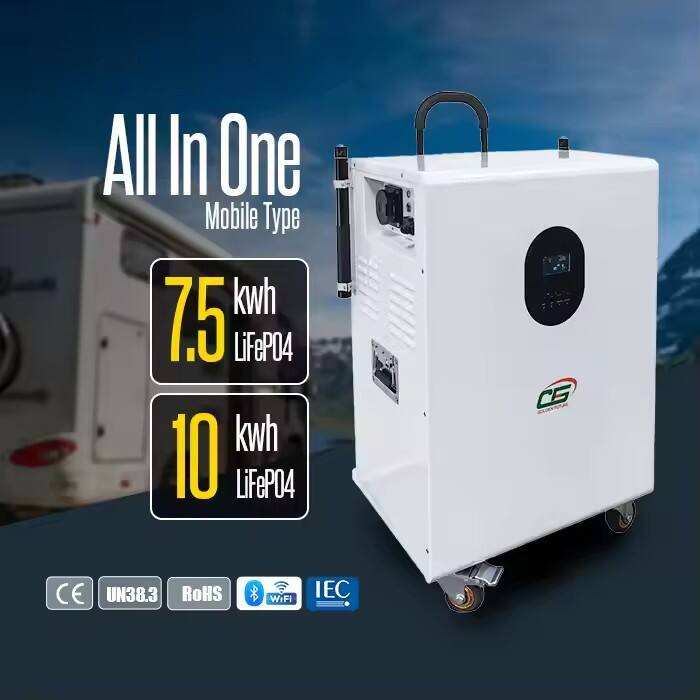Factories don't use energy at the same rate all day long. There are busy times and there are slow times. For example, energy use drops significantly at night and during the weekends. Therefore, to size a solar battery storage system, it is important to first understand the energy demand pattern. Consider the historical energy bills or the smart meters to check the energy use on an hourly basis and not just daily. This information will show you the times when the battery will need to provide power and when it will need to recharge from solar panels or the grid, avoiding energy waste.

Three main factors determine the right battery size for a factory: peak load, backup duration, and solar generation variability. Peak load refers to the maximum amount of energy the factory uses at any single time. This tells you the minimum power capacity the battery must have to avoid blackouts during high-demand periods. Backup duration is how long the battery needs to keep critical equipment running if the grid goes down. A factory with perishable goods might need 4–6 hours of backup, while a non-critical assembly plant could get by with 2–3 hours. Solar generation variability considers cloudy days or seasonal changes. You’ll need a larger battery if the factory relies heavily on solar and experiences frequent low-sun periods.
Solar panels and battery storage function together, and so their capacities must be compatible to work effectively. If the battery is small, excess solar energy generated during the day will be wasted (it'll be sent back to the grid or lost entirely). If it is too large, the battery will be underutilized increasing your costs unnecessarily. To start, calculate the average daily solar output of the factory’s panels. This will be based on the panel efficiency, area of the roof, and the average daily sunshine hours in your area. This will help you size the battery to store enough solar energy to cover evening or early-morning energy needs with a small reserve. For instance, if the panels produce 100 kWh per day and the factory uses 60 kWh after sunset, a battery sized 70–80 kWh would be ideal.
When deciding how much energy to supply a system, predict how much a factory will be expanding, adding new equipment, or expanding production. It is guessing. The energy needs for a factory will grow as production expands. Battery storage systems are best suited to be scalable as opposed to a single construction. Modular battery systems are best for this situation. They are designed to add more battery packs as needed based on planned expansion. Future planned energy increases and the batteries designed to accommodate those increases are smart as they save time and money. Ignoring the planned expansion will result in time and money lost.
While considering costs is always important, costs should not be seen only as an upfront price. For example, an inexpensive and smaller battery will not suffice for the factory's requirements during peak hours and will result in lost production during outages. On the contrary, having an oversized battery will result in larger maintenance costs and expand the payback period, making it even less ideal. The perfect solution in this case is to calculate the levelized cost of storage (LCOS). This is essentially the price of the battery, the costs of installation and maintenance, and the expected lifespan of the battery (which is 10-15 years for lithium-ion batteries). After doing this calculation for multiple battery sizes, you will be able to evaluate the most optimum option focused on the long-term value, rather than simply the lowest short-term cost.
Tackling the rules around solar battery storage systems is a nod to one’s punctuality and dedication with the clear evidence all over in the case of commercial facilities like factories. There are places that do and places that don’t require a permit for the battery systems as well as places that offer incentives that take a little off the final price. You will also want to look at grid interconnection rules and standards because a lot of utilities dictate how much power a factory can put back to the grid. This will definitely change how the battery gets power and how it gets power back. Ignoring the idiotic rules will probably lead to system fines and decommissioned use for the battery. Dodging this will cause unnecessary issues.